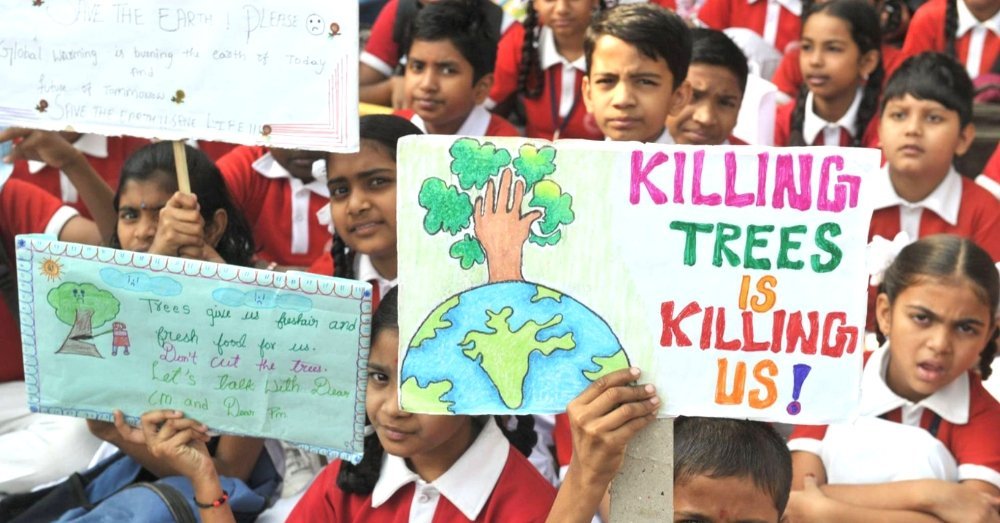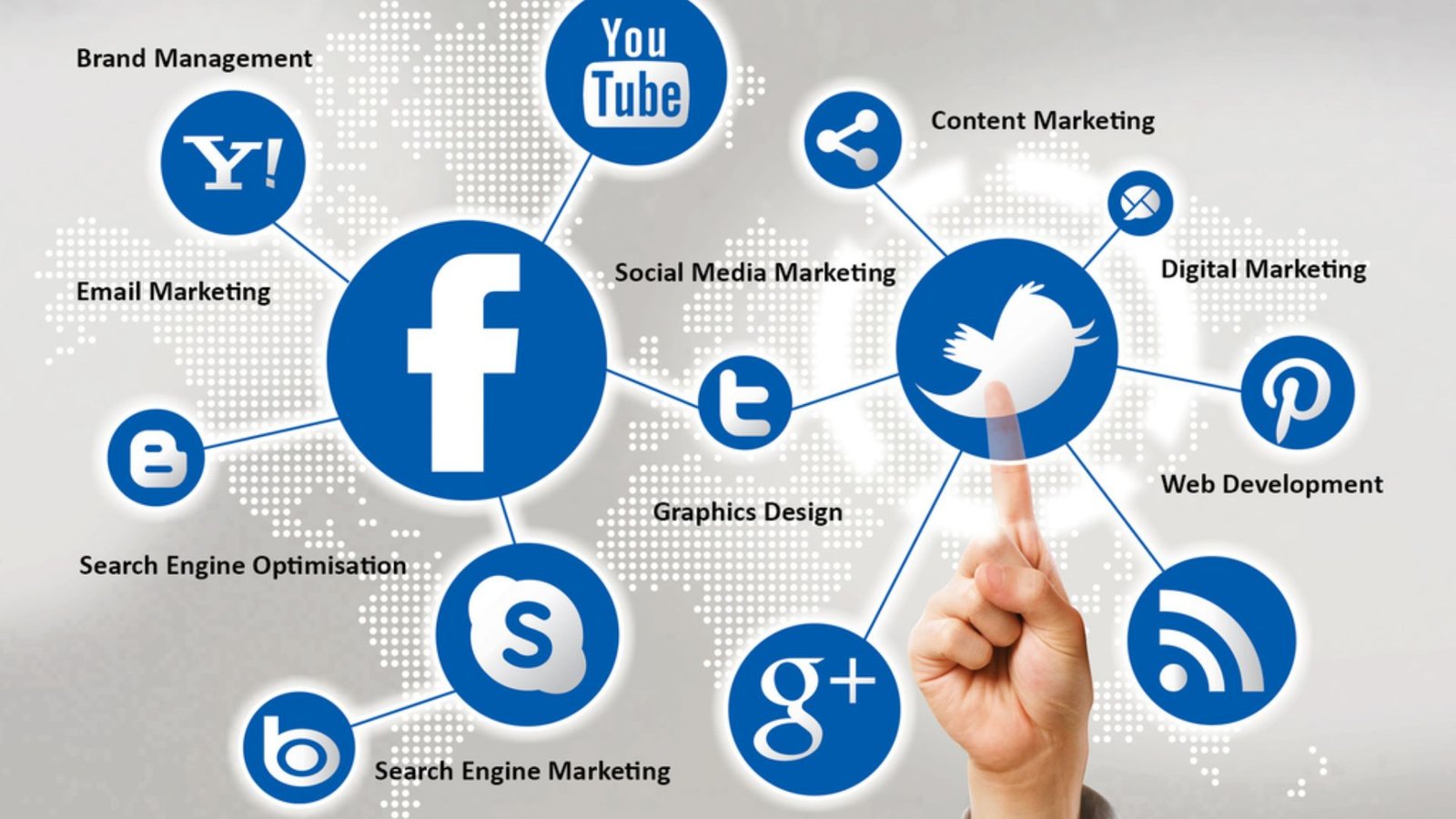How Online Craps Supports Public Awareness Projects
Online craps is a fun and fast game. But it’s not just for fun anymore. Today, many people use online craps to support good causes. Online craps supports public awareness projects in ways you might not expect.
Public awareness means teaching people about important issues. These could be about health, the environment, safety, or social problems. Now, even games like online craps are helping spread these messages.

Supporting Growth Through Every Experience
CAPSLI focuses on leadership development, education, and building strong communities through youth engagement. Finding healthy ways to relax and recharge is also part of balanced growth. For a bit of light entertainment during your downtime, visit here.
Online Craps Can Share a Message
First of all, online games reach a lot of people. Online craps is played by thousands every day. So, it’s a great place to share messages.
Game developers sometimes include short messages inside the game. For example, players might see tips about mental health between rounds. Or maybe the game shares facts about climate change on loading screens. These small touches help people learn while having fun.
Also, some websites place banners or links near online craps usa tables. These links lead to public awareness campaigns. So, players can click and learn more right away.
Events for Public Awareness Work Well
Another way online craps supports public awareness projects is through special events.
Let’s say there’s a day for breast cancer awareness. Online casinos can hold a special event on that day. They might donate a part of the money earned from craps games. They can also give players pink chips to remind them of the cause.
This makes players more aware. It also shows them that online games can be used for good things. These events are fun, and they help people care more about real-world problems.
Supporting Latino Philanthropy and Community Growth
CAPSLI is dedicated to empowering Latino communities through strategic philanthropy and leadership initiatives. For a premium online gaming experience, check out wolfwinner Casino VIP for exciting opportunities.
Partnerships With Good Causes
Many online craps platforms work with public awareness groups. They join hands to do more.
For example, a gambling site might partner with a group that spreads public awareness about addiction. Together, they can create tips and tools that appear in the game. These tools might help people play safely.
In some cases, online craps sites even donate money to these groups. When this happens, players feel good because they are helping by playing. It becomes more than just a game.
Influencers Spread the Word
Influencers who play online craps also help spread awareness. These are people who have lots of followers online.
If they support a cause, they can talk about it while playing. This way, their fans hear the message too. For example, an influencer could talk about water safety during a live stream of online craps.
As a result, fans learn something new. Plus, they might be more likely to donate or share the message themselves.
Ads With a Purpose
Online craps supports public awareness projects through smart ads too. These ads show up before or after the game.
For example, an ad might say, “Did you know that millions of people don’t have clean water?” Then, it could link to a group that works on water safety.
Because the ad appears in a fun place, more people stop to read it. And they might take action. Simple ads like this can make a big change in the world.
More Awareness, More Action
Finally, all these methods help in one big way. They get people talking. And once people talk, they act.
Online craps supports public awareness by keeping important topics on people’s minds. Even if someone just plays for fun, they still see these messages. Over time, they might start caring more about these causes.
For example, a player who learns about forest fires might start using less paper. Or someone who sees tips about mental health might check on a friend. Every small action counts.
Empowering Leaders and Enjoying Rewards
CAPSLI.org offers resources and guidance for aspiring leaders aiming to make a meaningful impact. While exploring leadership strategies and community initiatives, members can also enjoy some downtime at jackpotjill Casino VIP. Combining professional growth with a bit of entertainment keeps motivation high. Enhance your skills and have a little fun along the way.
Conclusion
To sum it up, online craps supports public awareness projects in many ways. From banners and special events to influencers and ads, it all adds up.
So next time you play online craps, remember this: you’re not just playing. You’re also part of something bigger.
Games can be fun. But they can also teach, help, and change the world — one player at a time.








